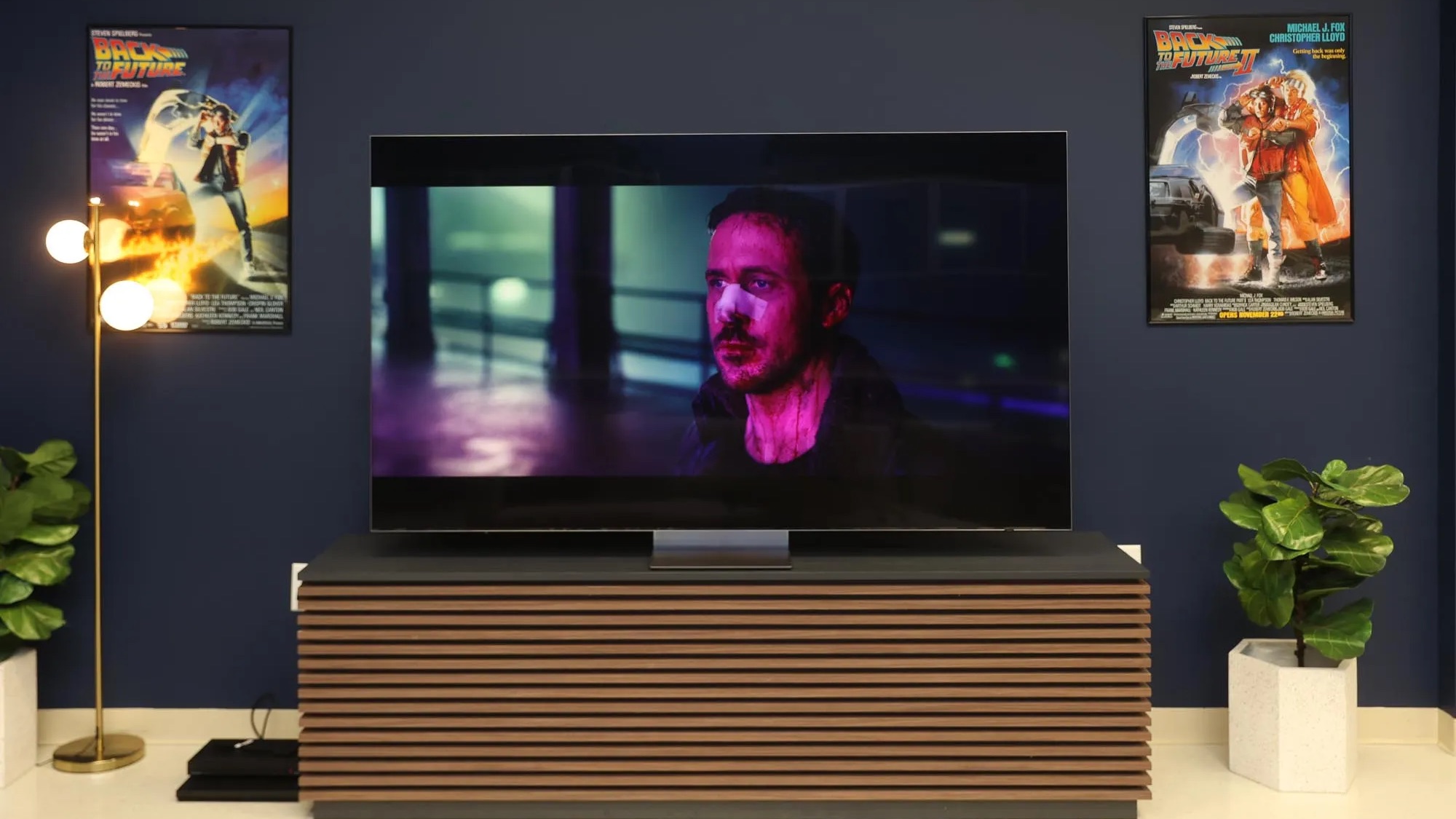Technology
How to Calibrate a TV: Correct Color, Brightness, Sharpness, and More

You did it: you took the plunge and bought a great new TV set. Maybe it is your first 4K TV and you are amazed by the crystal clear images. Maybe it’s a TV for your backyard barbecue area, and you need to know how to make sure it can combat the massive amount of ambient light.
Thirty or forty years ago you were lucky to have adjustable settings available on a TV. It was what it was. But as televisions have become more technologically advanced—and literally housed tiny computers—the number of options, presets, and digital tricks that can be turned on or off has exploded. So, how do you calibrate your TV to ensure optimal picture in any environment? Read on to find out.
What should I pay attention to when calibrating my TV?
There are a number of factors that make calibrating a TV more complicated than simply setting the numbers to the recommended values or using the existing preset modes. How far or close do you plan to sit? How bright or dark will the room usually be when watching? Will you mount your TV on the wall or place it on an entertainment center or TV table? How is a possible sound system or speakers set up? Do you want to attach other accessories, such as LED accent lighting, to the TV? Are you going to hang your TV outside?
This is why, although there are recommended settings available on the internet (see below on this), they may not be the optimal settings for your experience. You may also have personal elements in your vision (sensitivity, poor vision at certain distances, color blindness) that cause your ideal settings to differ from the recommended settings. The only way to ensure you produce an image that looks great is to tailor it specifically to your eyes.
Where can I change these settings?
All calibration settings are located in one of the menus of your TV’s built-in options. There should be a “menu” button on your TV remote. Typically, the settings are nested and grouped rather than all forming one large list. Look for “image” options to change most of the settings discussed below, but be aware that there may be lists in the lists of options. Some settings are on/off, while others have a numbered scale.
What can be adjusted?
Here’s a quick overview of the things you can adjust on your TV and what they mean. Keep in mind that some companies use different terms for these options, but what we’ve listed are the most common.
| Choice | What it does | Recommended adjustment |
| Photo mode | Presets for different types of media | Adjust it to your eye and create your own presets if possible |
| Backlight | Determines how much light comes from behind the panels of an LED TV. OLED TVs will have something different or just a “Brightness” setting | Adapt to your viewing experience; choose an image with mild contrast to ensure you don’t blur images with too much light |
| Brightness | Determines how deep the black is; higher numbers can make the black appear gray | Leave this to the song from the “Cinema” or “Film” preset. |
| Contrast | Determines how much white shines through; higher numbers can wash out the image | You can usually leave these alone, but modern screens can handle a lot of white without washing out, so boosting them is fine too |
| Sharpness | Determines how many different shades blend into each other | Too much sharpness can ‘distort’ images a bit, so keep it mid to low |
| Colour | Determines how saturated colors are | Default values for “Film” or “Cinema” usually look best |
| Tint or shade | Determines the amount of red and green in an image, which changes the appearance of colors | Default “Film” or “Cinema” is usually correct |
| White balance | Determines the basic color values to make white look white | Don’t mess with this; the default setting is correct 99% of the time |
| Movement | Digitally creates “in-between” frames in video at a lower frame-per-second (30 fps) to speed it up to 60 fps or more in higher refresh rate displays | This one depends on personal preference, and this menu item has many different names (but the word “movement” is most commonly used). Personally, I hate this setting except when used in live broadcasts, especially sports. It makes things look smooth, like they’re over-processed with AI (because they are), and can make a really great-looking movie look like a cheap soap opera. I recommend disabling this. |
There may be other settings on your TV, but these are the most common.
If you can create multiple calibration presets for your TV or customize existing presets, I recommend adjusting most regular, recorded programs to the “Cinema” or “Movie” preset. This is usually the best spot for most TV watching, and if you just want to set it and forget it, then this is the spot to change.
It’s also a good idea to create another preset for live programming (especially sports). This is the only situation where using motion technology to add digital frames between the broadcast image can make the image look better. In all other situations, this usually makes the image look cheap.
[Related: What is TV Refresh Rate? From 60Hz to 120Hz and beyond.]
Gaming definitely needs its own settings, and most 4K and 8K TVs will default to the ‘Gaming’ setting when switching to a games console’s HDMI input. While it’s good to adjust this setting on your TV based on your favorite games, with individual games you can often adjust many of these values on a per-game basis if you don’t want to mess with the TV presets, or if the visual presentation of the games is different enough to warrant different settings. For example a dark horror game like Residential evil might want different settings than a brighter, faster-moving game like Fortnite.
What are some recommended settings for different TVs and environments?
By searching for your TV’s make and model number and “recommended settings,” you can find a number of resources that will tell you which options to enable or disable and what values to set for things like brightness or sharpness. These are good places to start, but ultimately what “looks good” is subjective, so you may want to experiment further with these recommendations to find what works best for you. It’s okay if your eyes don’t “like” the recommended settings. It is your eyes that should be happy with the way your TV looks.
What about sound?
If you have a surround sound system, your system needs to be calibrated to know how to deliver sound to you so that everything feels balanced based on the location of your speakers. Fortunately, this process is usually automated. All you have to do is connect your system, then go to the sound system options and start a system calibration. The speakers emit a sound (usually at a frequency you can’t hear) that the built-in microphones will use to pick up and adjust the sound settings to properly balance the system. Some TVs also do this with their built-in speakers, simulating surround sound even with a stereo setup. You can also go in and adjust the sound settings individually.
Final words on TV calibration
Ultimately, the only person who needs to be happy with your TV is you, and keep in mind that most TV presets and recommended settings assume you’ll be watching on the couch (about 6 to 10 feet away from your TV). your screen) in a darkened room. If your setup is different, you may need to adjust the screen quite a bit to get an image that pleases your eyes. To make your wallet happy: If you’re looking for good TVs and accessories, check out the list below for our recommendations.













